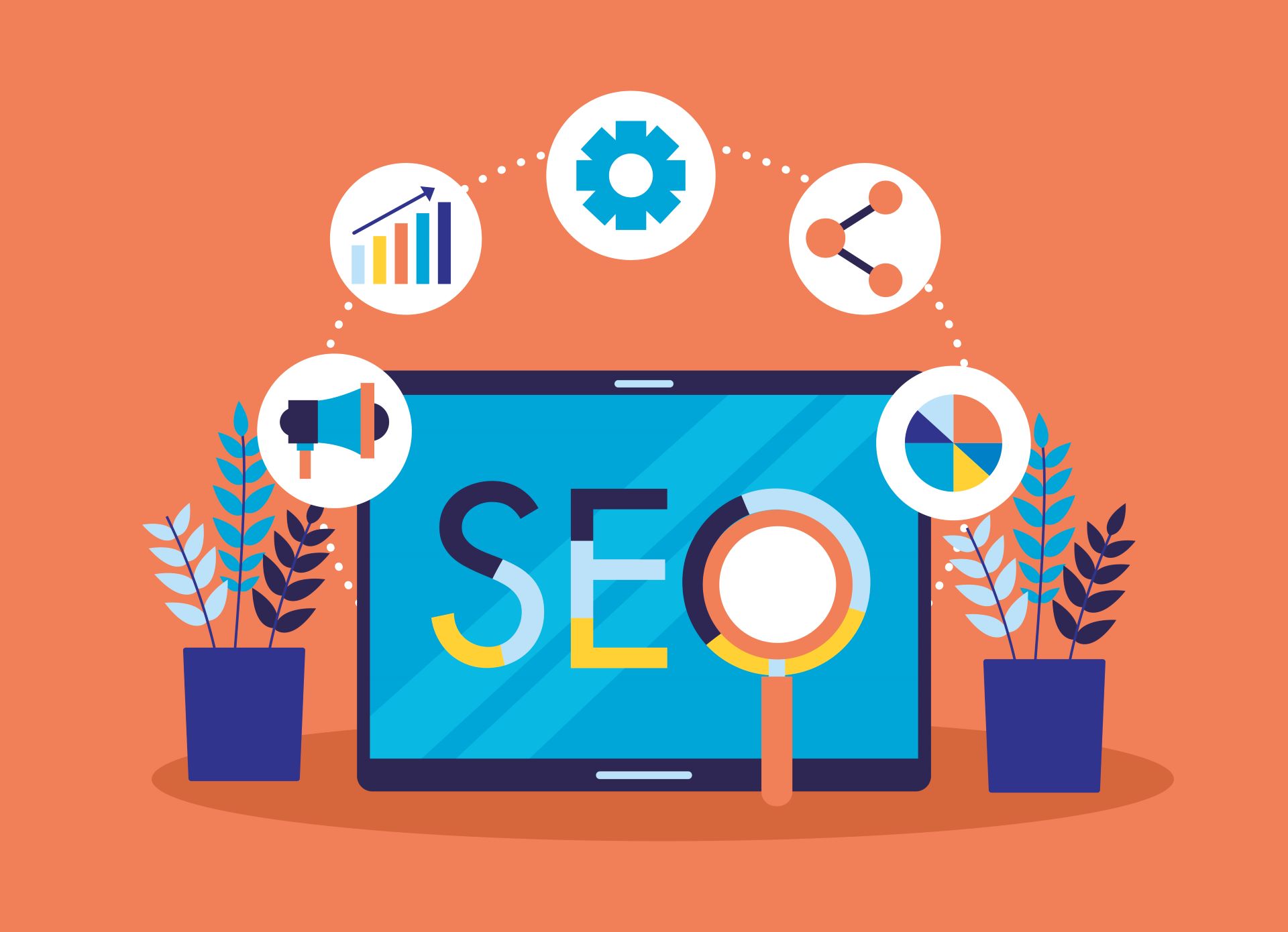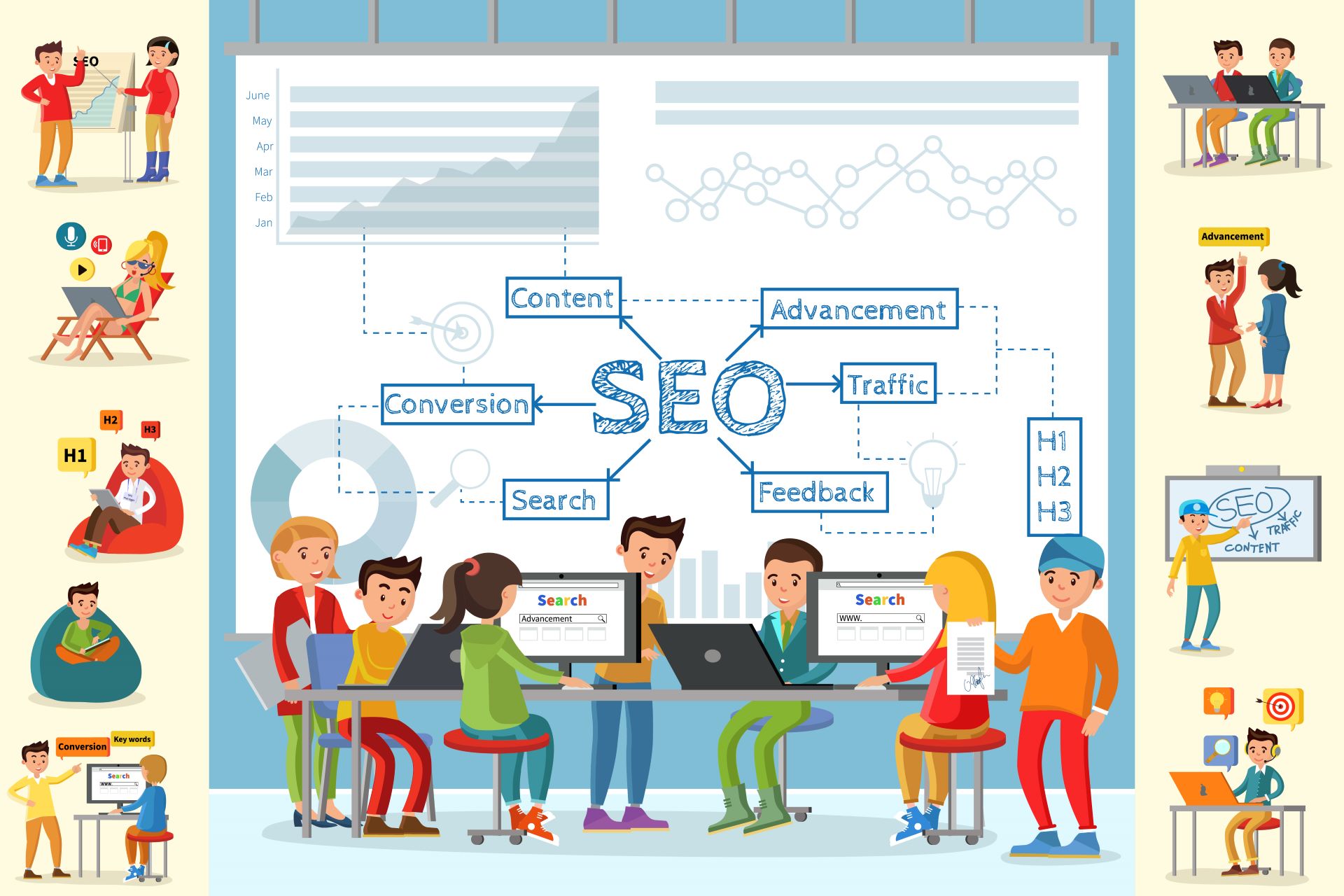In today’s digital age, where the internet is flooded with content, it’s becoming increasingly challenging for businesses and website owners to stand out from the crowd. However, the key to success lies not just in creating new content but also in optimizing what you already have. Content optimization is a powerful strategy that can boost your website’s traffic and engagement without requiring a complete overhaul of your existing content. By focusing on improving and refining your current assets, you can drive more organic traffic, enhance user experience, and achieve better search engine rankings. In this article, we will explore the importance of content optimization and provide you with effective techniques to maximize your content’s impact.
- Assess your existing content: Before diving into optimization, take a step back and assess your current content. Identify the pieces that are performing well and those that need improvement. Analyze key metrics such as page views, bounce rate, time on page, and conversion rates to understand what’s resonating with your audience and what isn’t. This evaluation will help you prioritize your optimization efforts and determine the areas that require immediate attention.
- Keyword research and integration: Keywords play a vital role in optimizing your content for search engines. Conduct thorough keyword research to identify relevant and high-performing keywords in your niche. Once you have your target keywords, integrate them naturally into your content, including headings, subheadings, meta tags, and body text. However, remember to maintain a balance and avoid keyword stuffing, as search engines value quality and relevance over excessive keyword usage.
- Enhance readability and user experience: One of the critical aspects of content optimization is improving readability and user experience. Break down long paragraphs into shorter ones, use bullet points and subheadings to organize your content, and incorporate multimedia elements such as images, videos, and infographics to make your content more engaging and visually appealing. Additionally, ensure your content is mobile-friendly and loads quickly, as user experience is a crucial factor in search engine rankings.
- Optimize meta tags and meta descriptions: Meta tags and meta descriptions are essential elements that appear in search engine results pages (SERPs). Craft compelling meta tags and descriptions that accurately summarize the content of each page while enticing users to click. Including relevant keywords in these elements can help search engines understand the context of your content and improve its visibility.
- Update and repurpose old content: Instead of constantly creating new content from scratch, take advantage of your existing content by updating and repurposing it. Identify outdated or underperforming articles, blog posts, or landing pages and give them a makeover. Update statistics, facts, and examples, refresh the design, and add new information to ensure the content remains relevant and valuable. You can also repurpose existing content into different formats, such as videos, podcasts, or infographics, to reach a wider audience.
- Internal and external linking: Utilize internal and external linking strategies to optimize your content. Internal links help establish a logical structure within your website, improve navigation, and distribute link authority to relevant pages. External links to authoritative sources can enhance your content’s credibility and provide additional value to your readers. When incorporating links, ensure they are natural, relevant, and add value to the overall user experience.
- Leverage social sharing and promotion: Optimizing your content goes beyond on-page elements. Actively promote your optimized content through social media channels, email newsletters, and influencer partnerships. Encourage readers to share your content by including social sharing buttons and crafting attention-grabbing headlines and excerpts. Increased social engagement and shares can lead to higher visibility and traffic to your website.
- Monitor and analyze performance: Finally, regularly monitor and analyze the performance of your optimized content. Utilize analytics tools to track important metrics, including traffic, engagement, conversions, and search engine rankings. By understanding how your optimizations impact your website’s performance, you can make data-driven decisions and continually refine your content strategy.
Content optimization is a cost-effective and efficient way to boost your website’s traffic and maximize the value of your existing content assets. By focusing on improving readability, enhancing user experience, optimizing keywords and meta tags, and leveraging various promotional channels, you can attract more visitors, increase engagement, and ultimately drive better results for your business. Embrace the power of content optimization and unlock the full potential of your digital presence.








